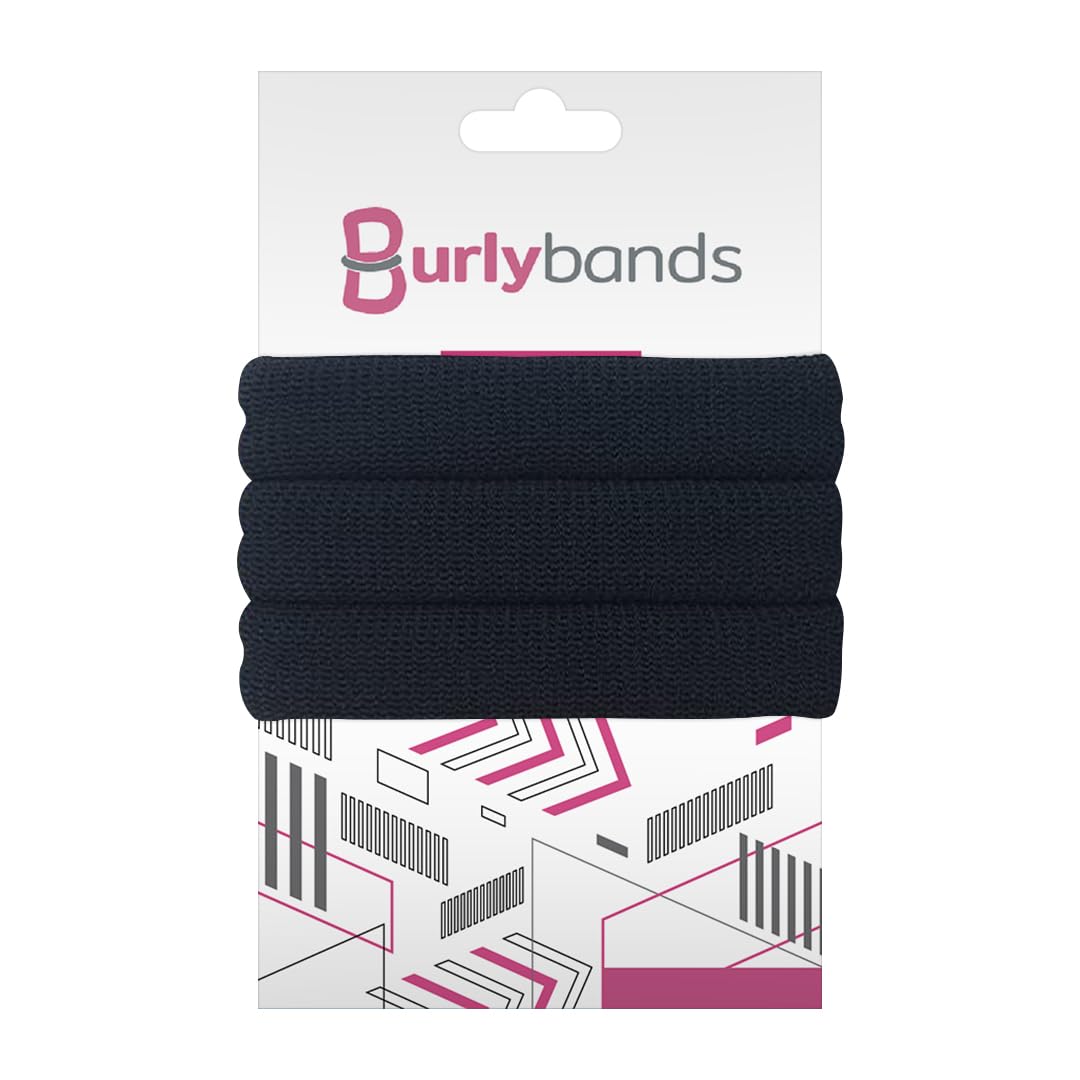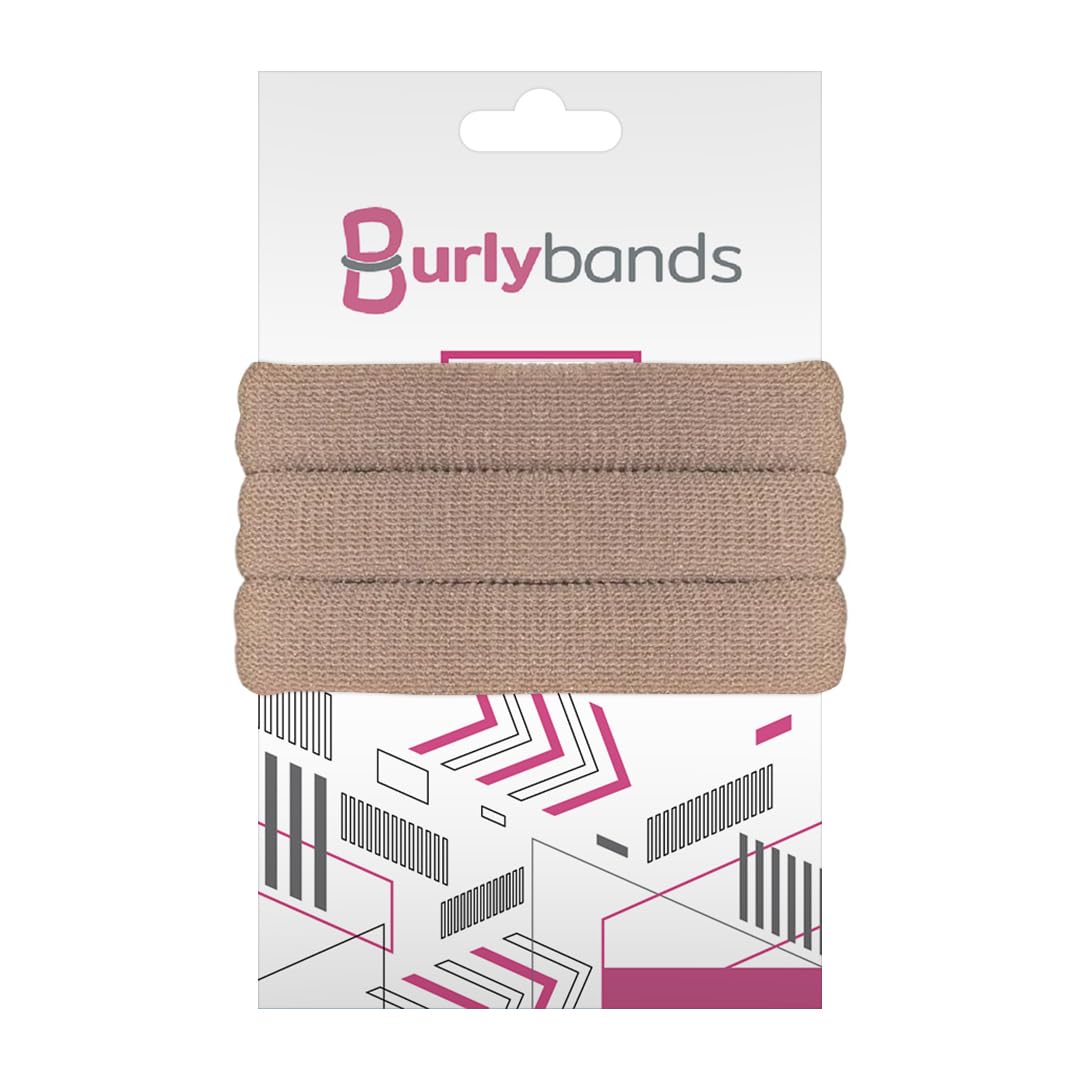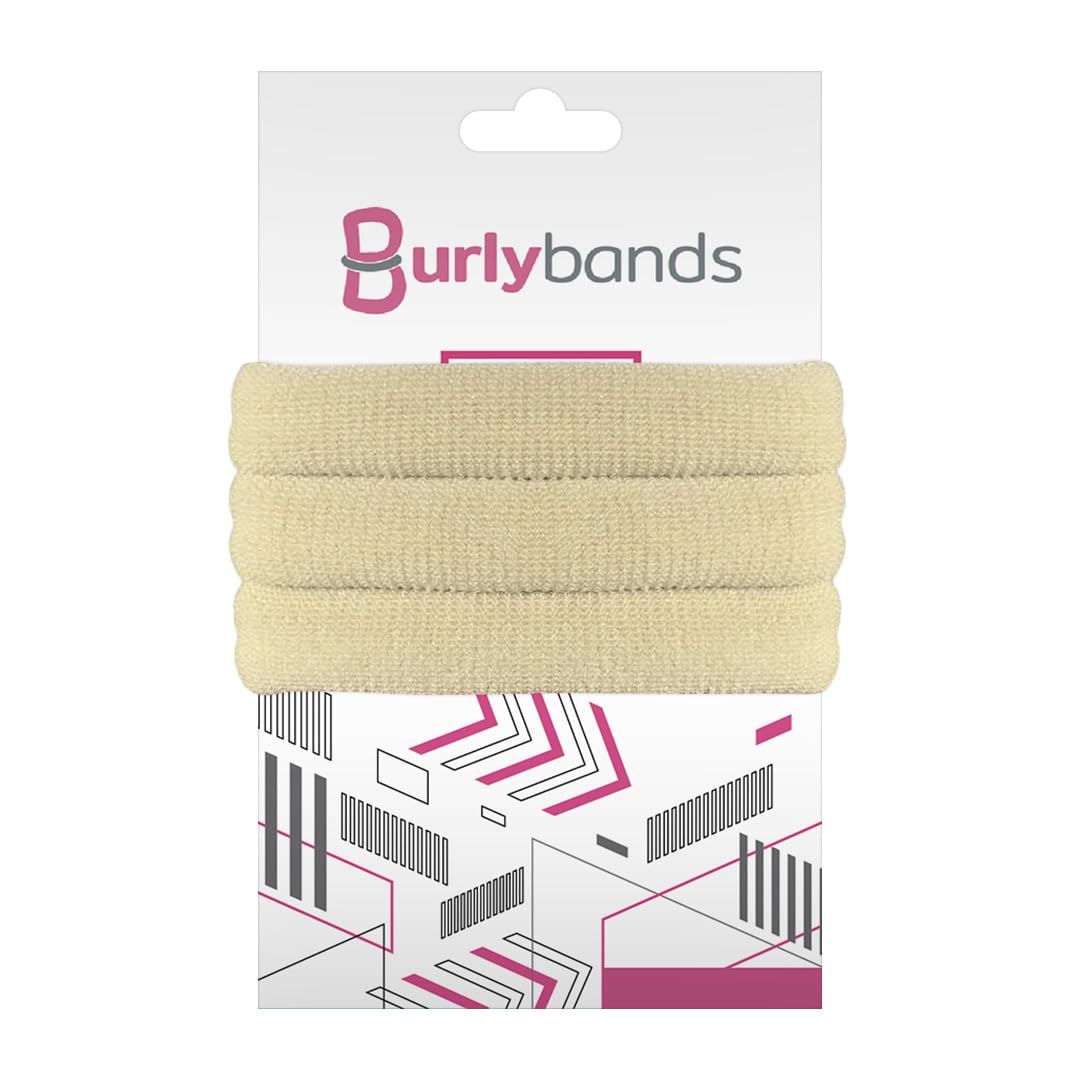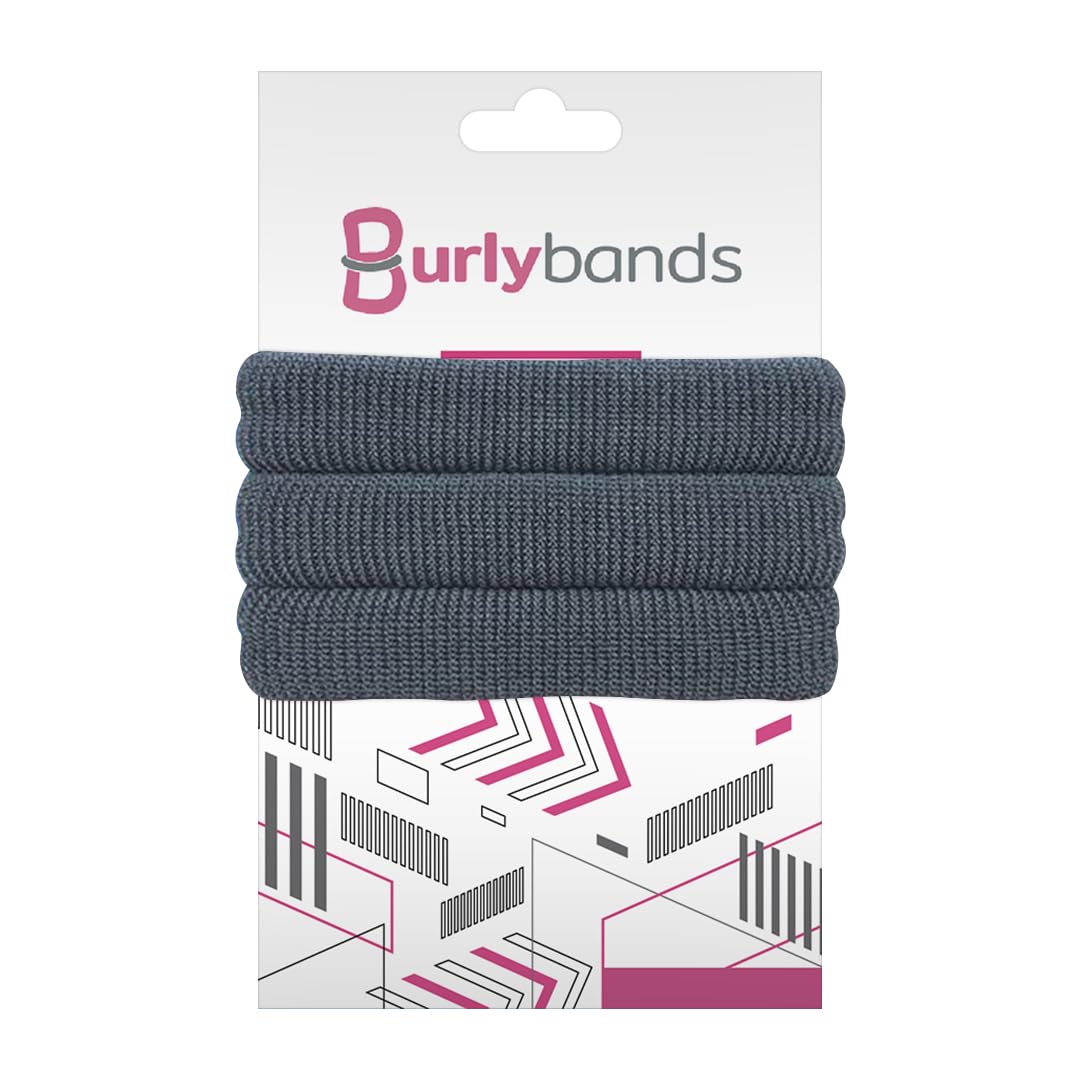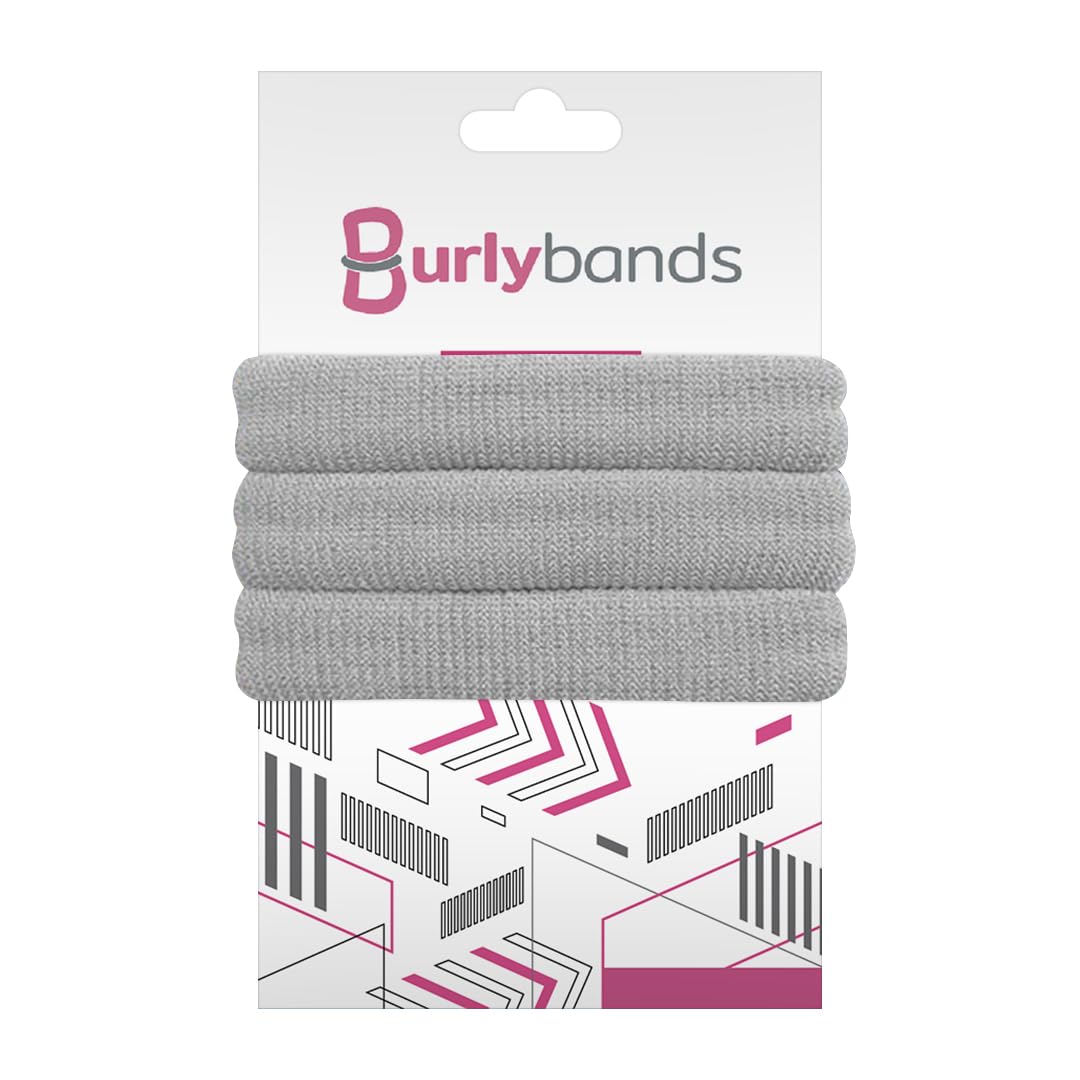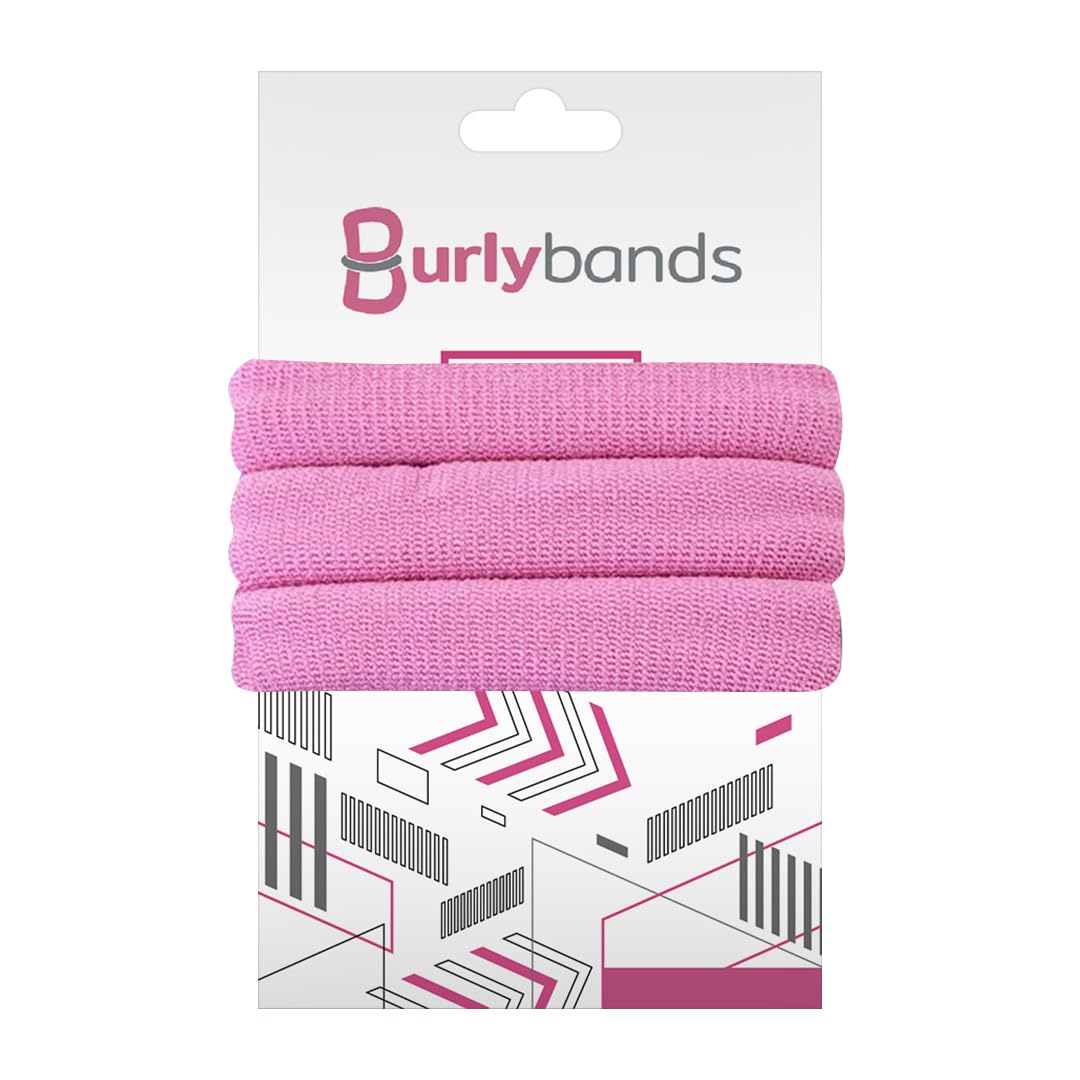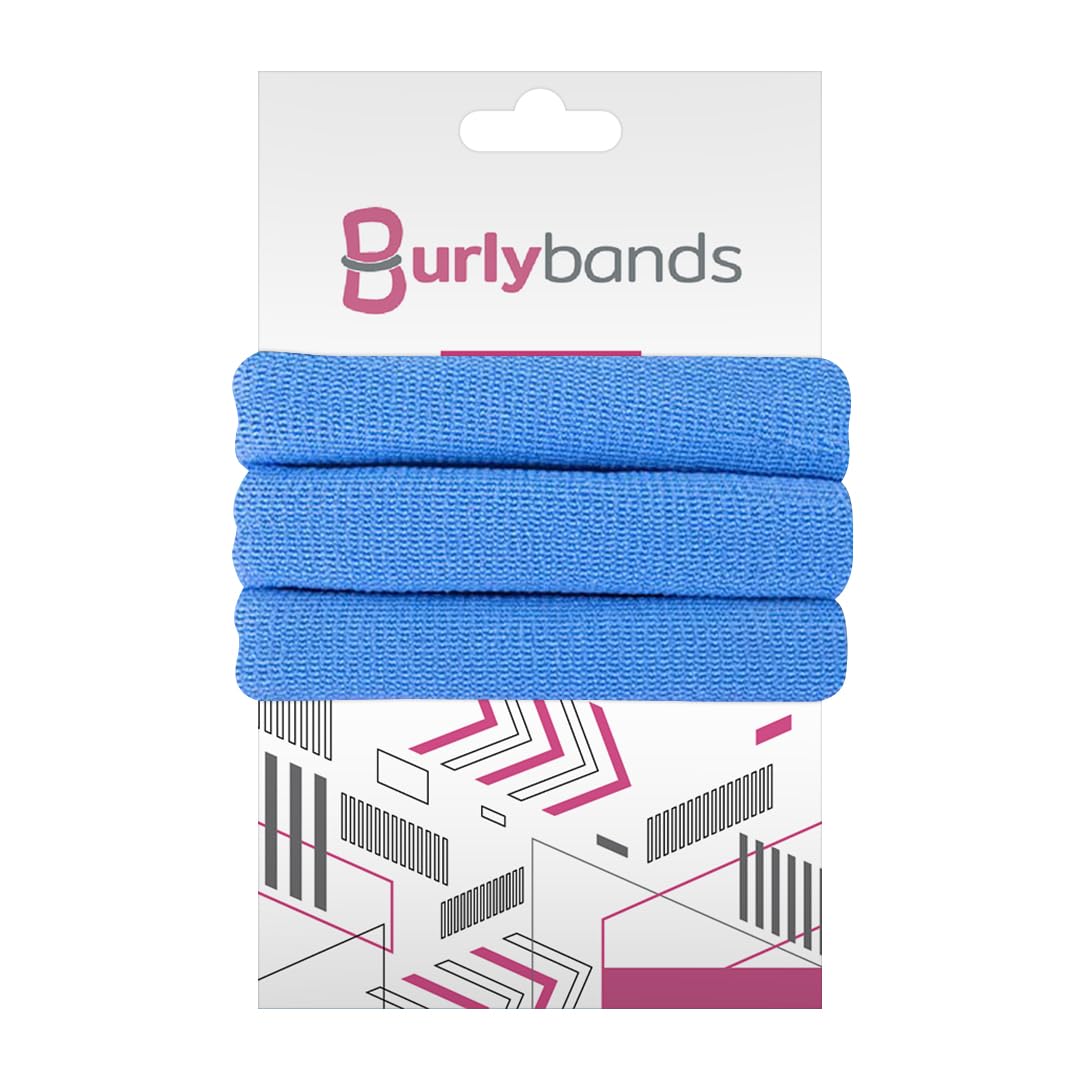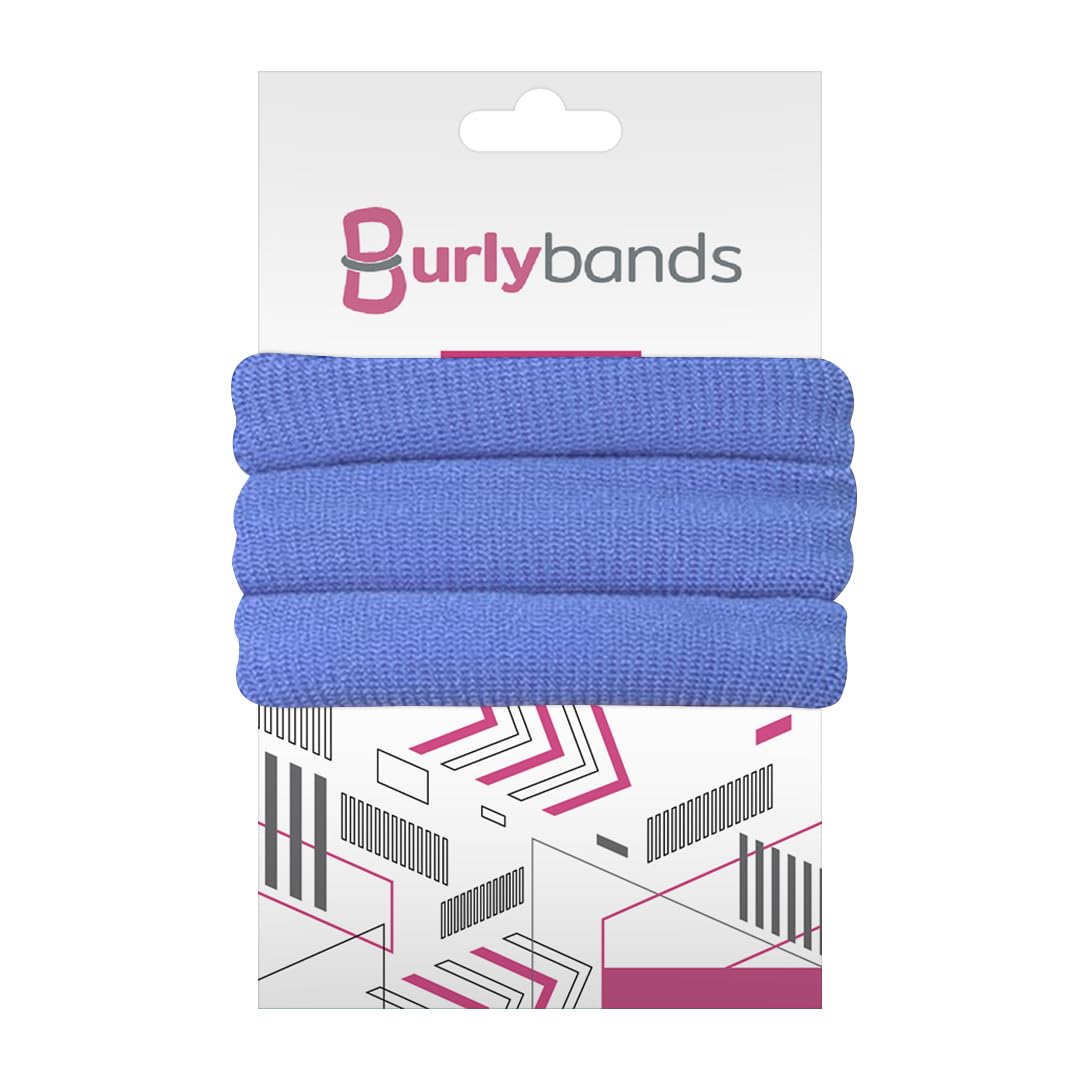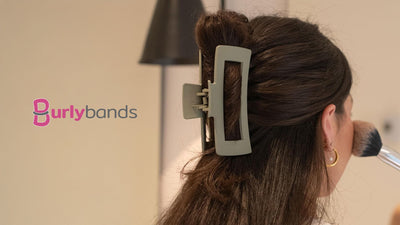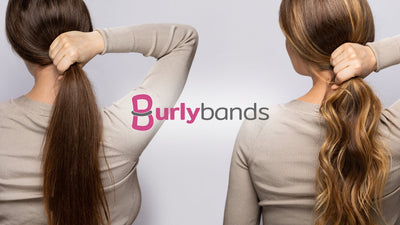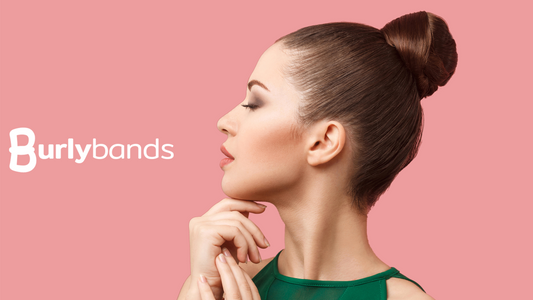The scourge of most men's lives is a receding hairline. Nobody wants a receding hairline in their mid-twenties that makes them appear to be in their forties. A receding hairline isn't just something that happens to men physically. It also has an emotional impact, and it's been linked to issues like low self-esteem and insecurity. Losing hair is something that almost everyone goes through at some point in their lives. A receding hairline, on the other hand, is more than just hair loss. It causes baldness and makes you appear years older.
We understand how challenging it may be to deal with a receding hairline. As a result, we've compiled a list of suggestions to assist you in dealing with it. To learn more, keep reading.
What Is a Receding Hairline, and Why Does It Happen?

Credit: Envato Elements/ Vladdeep
When your hair falls out from the crown or the front of your head, it could mean that you have a receding hairline. It may fall out of both in some circumstances. While Thyroid disease, stress, autoimmune diseases like androgenetic alopecia, and chemotherapy treatments can all cause hair loss, heredity and genetics is probably the most important influence. 95 % of hair loss in men is due to hereditary male pattern baldness.
What Are the Early Symptoms of Receding Hair?

Credit: Envato Elements/ tkasperova
One of the first indicators of hair loss is a receding hairline. Men lose hair from their temples over time, giving their receding hairline a distinctive "V" form. Their receding hairline eventually turns into an "M" shape as they lose more hair.
It's possible, however, that you have receding hair and are unaware of it! Hair loss is usually a gradual process. So slow, in fact, that you may not detect any changes in your hairline when you glance in the mirror on a daily basis.
Compare images of your present hair with photographs from several months or years ago to see if you have a receding hairline. Just make sure to use photos taken in similar settings, as lighting has a big impact on how hair loss appears. If your hairline appears to be receding in the images, you most likely have receding hair.
How to Restore a Hairline That Has Receded?
We wish there was a magic potion that could reverse a receding hairline, but there isn't one. In most circumstances, cosmetic procedures will be required to fix a receding hairline. However, if your hairline has just begun to recede, there are certain things you may do to slow it down. These receding hairline suggestions and tactics can undoubtedly assist you.
1) Have a Healthy Diet
If your hairline is receding, you should consider your overall health because it could be caused by a vitamin shortage. Take a blood test to assess your iron, zinc, and fatty acid levels. Hair loss and fragility have been linked to a shortage of certain nutrients. If you're having hair loss, you should also work with a dietitian to develop a nutritious dietary plan, especially one that's strong in protein and iron. Taking a high-quality multivitamin on a daily basis can help you stay on track with your nutrition.
2) Consider Taking FDA-Approved Minoxidil and/or Finasteride
Minoxidil (Rogaine) has been clinically proven to prevent hair loss in the vast majority of men who use it on a regular basis. Topical minoxidil is available without a prescription, but oral minoxidil requires one (and it is currently not FDA-approved for the treatment of hair loss). Finasteride (Propecia) prevents hair loss by blocking the hormone dihydrotestosterone (DHT), which causes male pattern baldness. You will need a doctor's prescription to obtain it.
3) Ditch Your Old Shampoo
If your hair is receding, it's time to switch to a shampoo that's designed precisely for your hair type.
The wrong hair products can cause build-up, which weighs down hair and causes individual strands to clump together, emphasizing a receding hairline even more. Furthermore, many shampoos contain sulfates (SL/SLS), which are known to promote hair thinning by destroying hair follicles and limiting hair development. No, thank you!
4) Avoid Using a Blow Dryer
Drying your hair with a blow dryer not only dries it out but also makes it brittle and prone to breakage. Not to mention that heat can open hair follicles, causing further hair loss. As a result, it must be avoided. Allow your hair to air dry and avoid tight hairstyles and combine it until it is entirely dry since this might further cause hair fall.
5) Try a Bamboo or Silk Pillowcase
Switching from a cotton pillowcase to a bamboo or silk pillowcase can make a major difference in the health of your hair, believe it or not.
Cotton fibers snag against hair in the morning, making it frizzy. Cotton fibers are also highly absorbent, meaning they take moisture from your hair, making it brittle and prone to breakage. When your hair is receding, the last thing you want is to lose additional hair due to breaking!
A bamboo or silk pillowcase, on the other hand, has a smoother surface and is less absorbent, resulting in smoother, more moisturized hair when you wake up.
6) Avoid Hair Coloring
Hair loss can result from coloring your hair, especially if you're bleaching it. The hydrogen peroxide in bleach penetrates the hair follicle and destroys the natural color, making the hair easier to snap or shed. This isn't to say that going darker isn't harmful; all hair color must be mixed with a certain amount of peroxide. The only difference is that when you dye your hair darker, you're adding pigment to it rather than stripping it.
7) Scalp Massage
According to a study, regular scalp massage can help you grow thicker, healthier hair.
When the scalp is massaged, blood circulation near the hairline is enhanced, stimulating hair growth. Manually massaging your scalp for at least 4 minutes each day is a good idea.
8) Essential Oils
Essential oils such as rosemary, lavender, and peppermint oil are said to stimulate hair growth in the forehead area. Never apply these straight to the scalp. Use a carrier oil like coconut or olive oil as a base. Essential oils are an effective hair loss treatment that will promote hair growth.
9) Quit Smoking
Everyone knows smoking is bad for you, but did you know that it can also speed up male pattern hair loss and premature greying? Toxins in smoking have been linked to damage to hormones and hair follicles.
10) Homeopathic Treatments
A receding hairline can be treated with a variety of herbal therapies. Gooseberry, aloe vera, and Chinese hibiscus are all helpful hair loss remedies and cause new hair growth.
Apply one of these herbs on your scalp in a carrier oil like coconut or olive oil. Repeat this process a couple of times a week until you see improvements. Castor oil also stimulates blood circulation and promotes healthy hair growth, making it an effective treatment for receding hairlines.
11) Reduce Stress
Hair loss and thinning hair are commonly caused by stress and anxiety. The follicle's normal development and rest cycles can be disturbed by stress or a shock to the system, causing them to stop developing or fall out. If you're experiencing this type of hair loss, try yoga, meditation, or something else to help you relax. Once your stress has reduced, the hair will usually start to come back after 3-6 months.
12) Hair Transplants
If the hair has fallen out completely, the only method to restore the hairline is to have a hair transplant. Don't be alarmed; transplants are far more effective (and feasible) today than in the past. Hair can now be implanted evenly, thickly, and at the correct angle of growth by doctors. They can accomplish this without leaving any scar tissue at the donor site (the rear of your head).
The effects are long-lasting because they pull hair from the back of your head—hair that isn't genetically predisposed to recede, thin, and fall out. However, you should be aware that other proactive procedures, such as finasteride and minoxidil, will be required to keep the remainder of your hair full and strong.

Summary
While seeing a receding hairline can be upsetting, it is not dangerous to one's health. The majority of people can maintain their hairline, and there are various treatments that can make the hair appear thicker or regrow. Anyone thinking about trying these treatments should go to a doctor first to figure out which one is best for them.
 Log in
Log in


